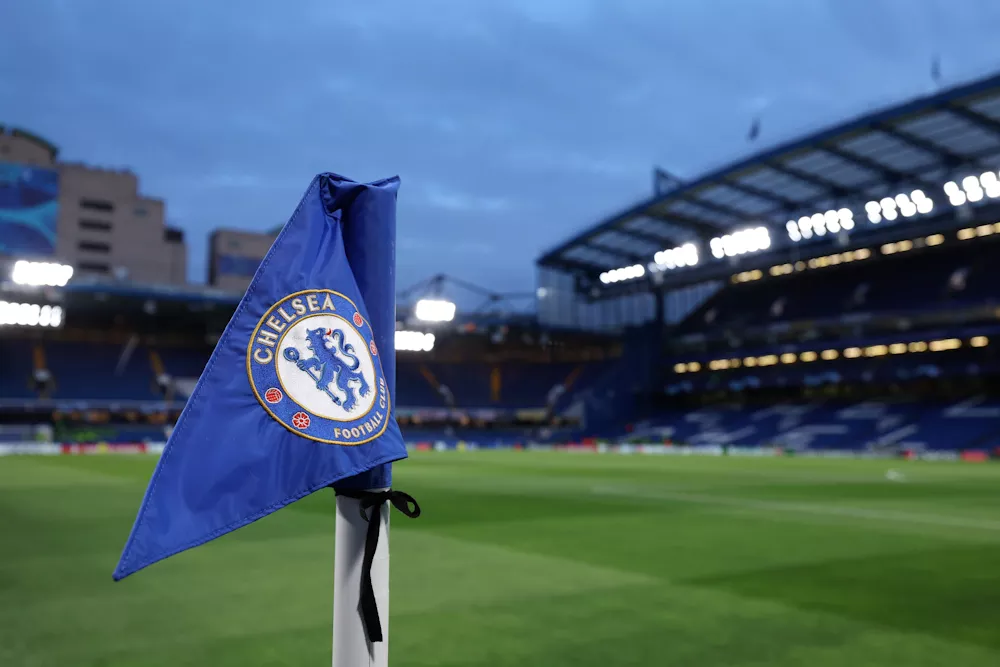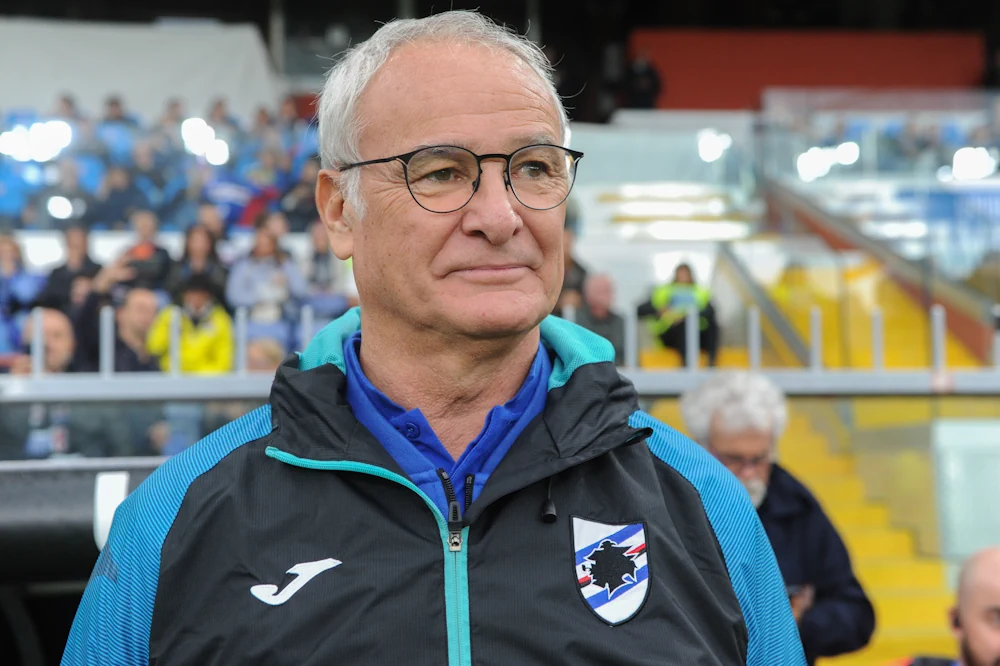Roman Abramovich's first year with Chelsea
After almost two decades of Roman Abramovich as owner of Chelsea, we review what his arrival at the English club was like and what that first year was like, which is often forgotten since the mistake is often made that the Abramovich era It started with Mourinho arriving at the blue team. The truth is that that first year was a necessary transition and a very outstanding season for Chelsea that in the end did not have the reward that the Russian magnate expected.
Pre-Abramovich Chelsea
To give a little context of what Chelsea was before the arrival of the Russian, we will talk about the 2002-03 season, the last before Abramovich's purchase. Until that season, the blue club had won only one First Division in its history (in 1955) and a total of 12 trophies in its cabinets. In 2002-03, Chelsea was managed by Claudio Ranieri, the Italian manager who several years later would be known for his great feat with Leicester, until then known for his good years in Cagliari, Fiorentina and Valencia.The Italian manager had players of significant prestige in Europe such as Marcel Desailly (who was the regular in the starting eleven to the detriment of a young John Terry), Enmanuel Petit and Gianfranco Zola. The Italian player was the season's top scorer for the Blues, although that would be his last season at Stamford Bridge, before returning to his country. Also there since 2001, William Gallas and Frank Lampard were the players with the most games played that season.
Chelsea was a competitive team that was attractive to some of Europe's top players who were in the final years of their careers or to mid-level players. The blue team had formed a team that could compete adequately in England, although this had led it to go into debt and that is why it was only able to spend 500 thousand euros on signings that season. The team led by Ranieri finished in fourth place in the Premier League, which allowed them to qualify for the next edition of the UEFA Champions League. The Italian manager would declare a decade later that this classification was key for Abramovich to decide to buy the club.
The purchase
In 2003, Roman Abramovich was a 36-year-old Russian millionaire who was not well known to the world and legend has it that on April 23 of that year, his interest in buying a football club aroused because that day he saw Ronaldo score a hat-trick against Manchester United at Old Trafford in the quarter-finals of the UEFA Champions League. That atmosphere and that exhibition made the Russian want to acquire a club and win the competition.This is how in June 2003, Abramovich bought Chelsea from Ken Bates (who had acquired the club in 1982 for a symbolic cost of 1 pound) for an amount of around 165 million euros, of which, more than half It was to pay the debt that the blue club had. With the purchase of Chelsea by the Russian, the club's shares suddenly increased by 46%, something that made the investment somewhat profitable.
2003-04 season
Perhaps today this type of purchase by foreign investors is quite common, however at that time it was something new and therefore it was not very clear what the fate of the club was going to be. Although rumors began about the signings that the Russian would make, it seemed unlikely that a football club would make such an investment. Nowadays we all know Abramovich and we know that he had no problems paying large amounts of money for players.Only a couple of weeks after the purchase of Chelsea, the signings began to arrive: Glen Johnson, Geremi, Wayne Bridge and Damien Duff arrived in July 2003. However, the big spending came in August when the players signed were from a greater renown and names such as Juan Sebastian Veron, Hernan Crespo, Adrian Mutu, Joe Cole or Claude Makelele appeared there. That season, Chelsea was the club in the world that invested the most money with an expenditure of 170 million euros, something that does not seem very impressive with today's figures but it is enough to review that the second most spent was Manchester United and that expense was 56.5 million.

Claudio Ranieri
The Italian manager was in charge of a transition from what the previous Chelsea with Desailly, Zola was and Petit to a new Chelsea where players like Lampard, Terry, Makelele and Joe Cole had a lot of prominence. In their first 15 Premier League games, they only lost one (against Arsenal) and drew three, beating teams like Manchester United or Liverpool in those games. The blue team finished in second place, only behind Arsenal of The Invincibles and above Manchester United.
That was Chelsea's best position in the entire Premier era and a considerable improvement on the fourth place obtained the previous season. In the Champions League, they easily beat Slovak side Zilina in the qualifying phase and after finishing first in the group stage (which they shared with Sparta Prague, Lazio and Besiktas), they beat Stuttgart in the round of 16. In the quarterfinals, the direct rival in the fight for the Premier, Wenger's Arsenal, was waiting for them. The aggregate ended 3-2 in favor of Chelsea, the difference being Bridge's goal in the 87th minute of the second leg.
Abramovich's team would remain in the semifinals (in what was already a historic performance for the club in the competition) when they were eliminated by AS Monaco, which was coached by Didier Deschamps and had players like Giuly, Rothen, Evra, Morientes and Adebayor and that he had just eliminated Real Madrid. The Russian's dream was close to being fulfilled in his first year, something that Abramovich would understand would not be so easy to achieve.
Despite Chelsea's great season, the Russian magnate did not hesitate to pay 9 million euros to end Ranieri's contract and go to Portugal to bring Jose Mourinho from FC Porto, who had been the one who defeated Monaco in the final of the Champions League. Abramovich also paid 2 million euros to release Mou from his contract and thus become the first Portuguese manager in the history of the Premier League. What came next was the history of Chelsea and English football.
